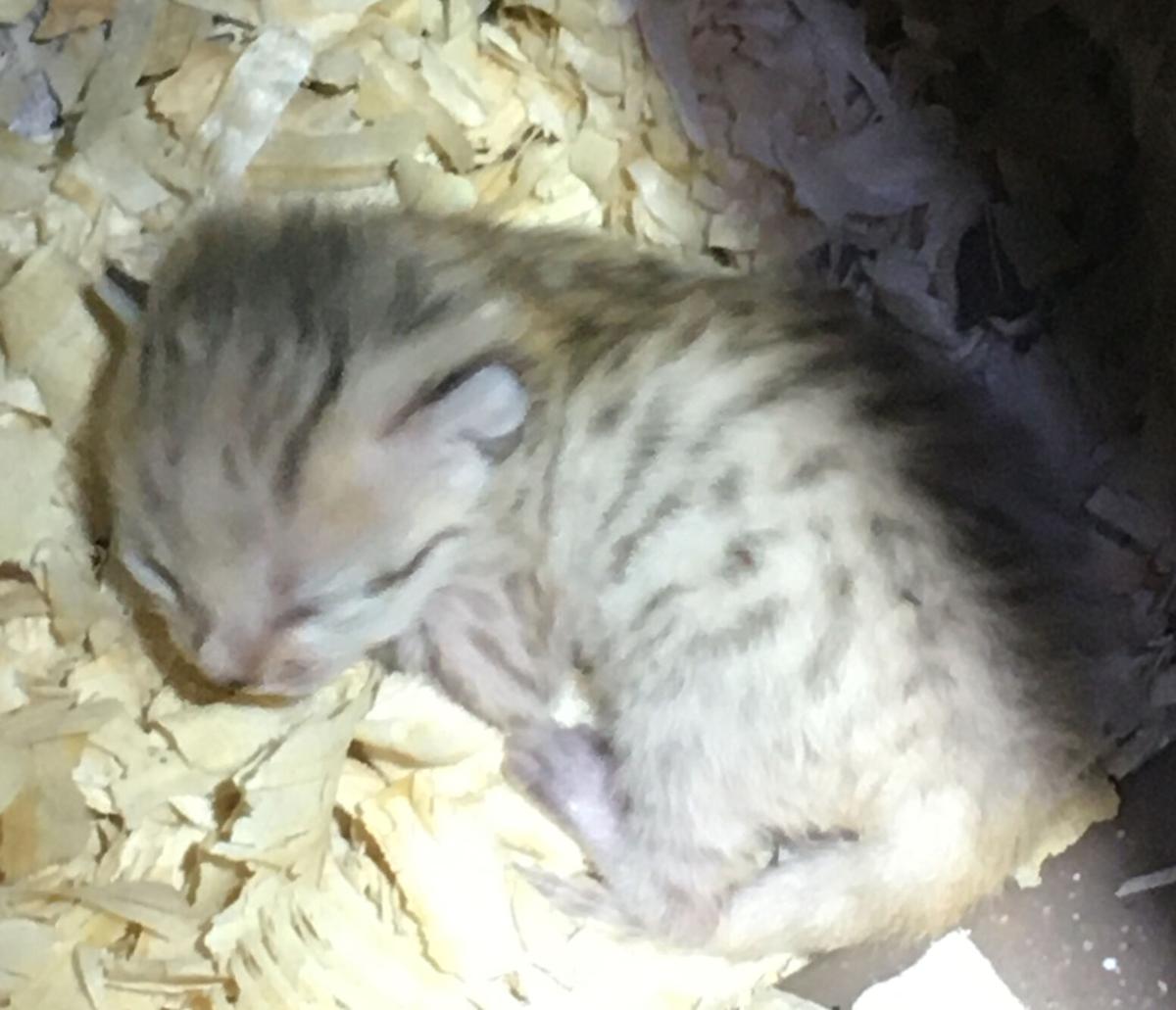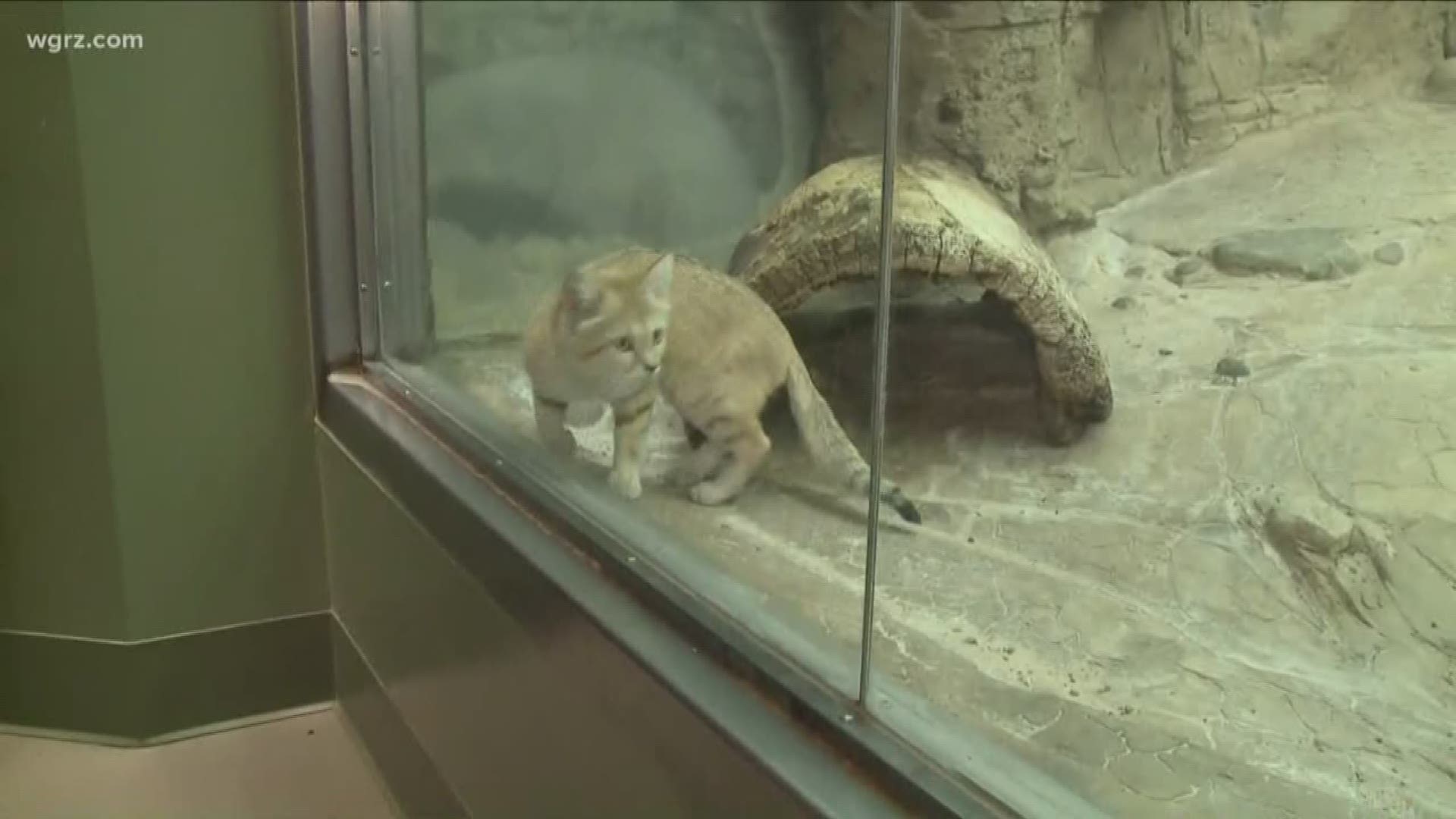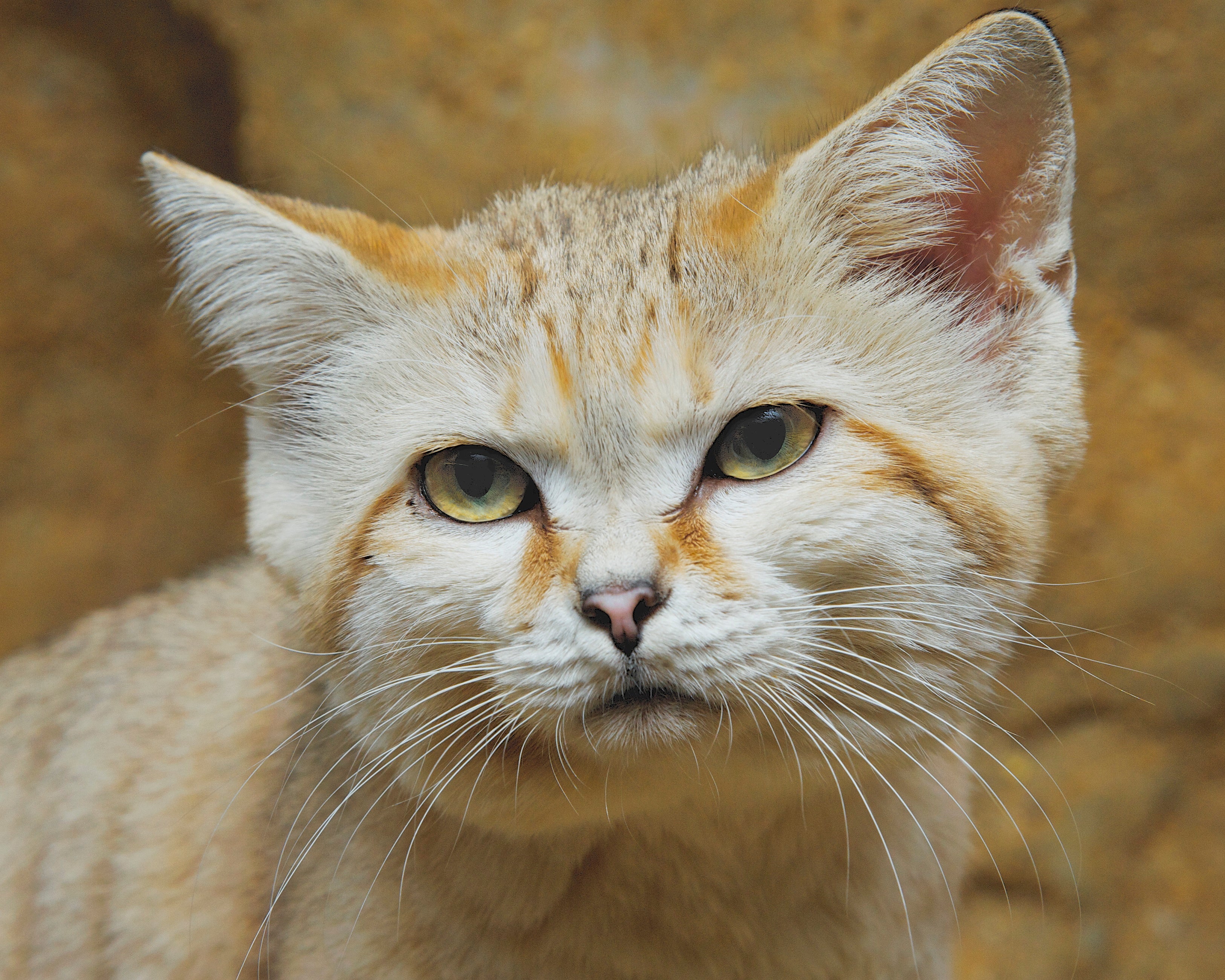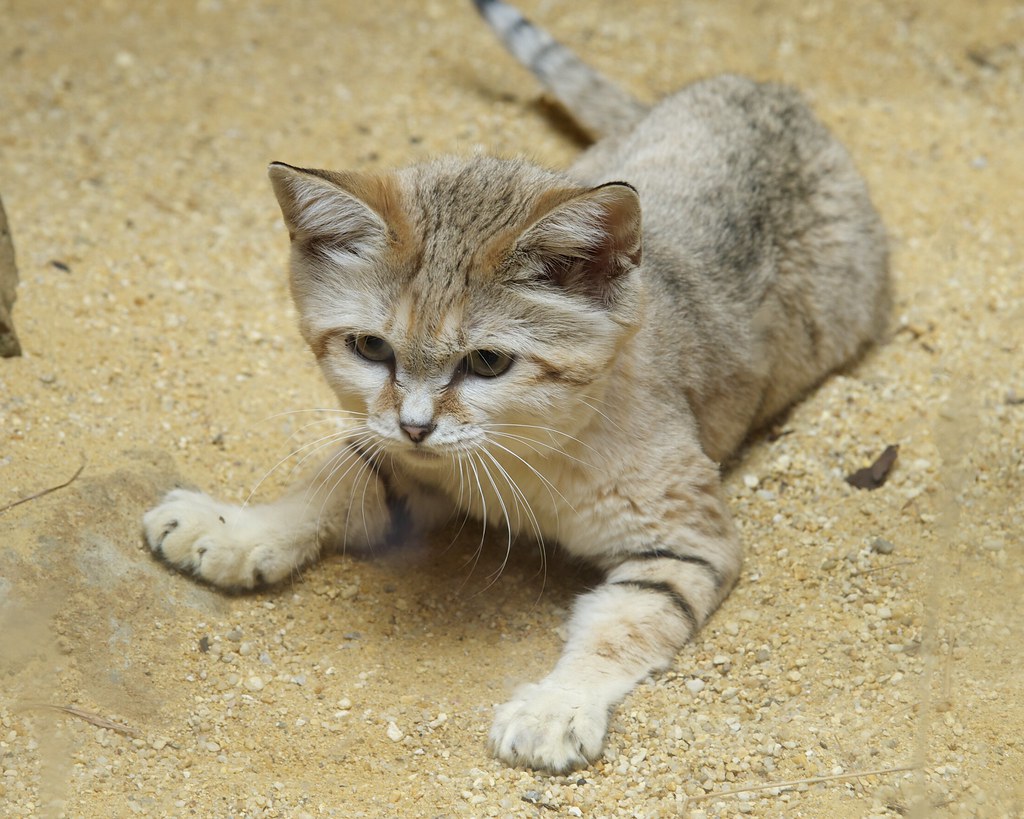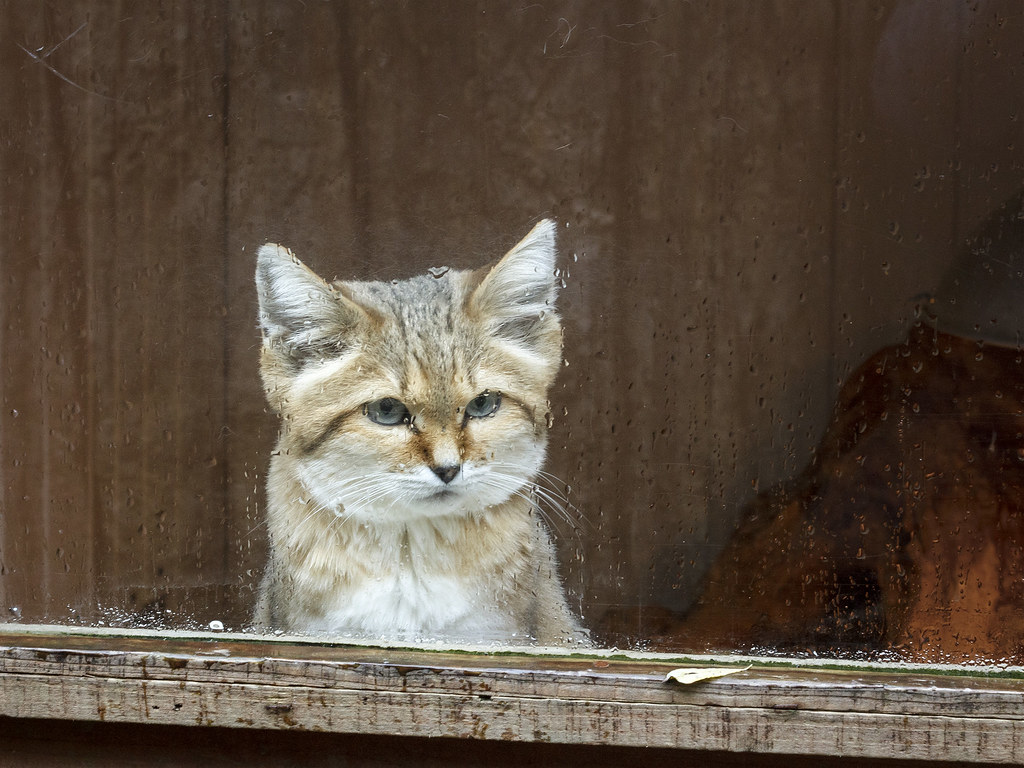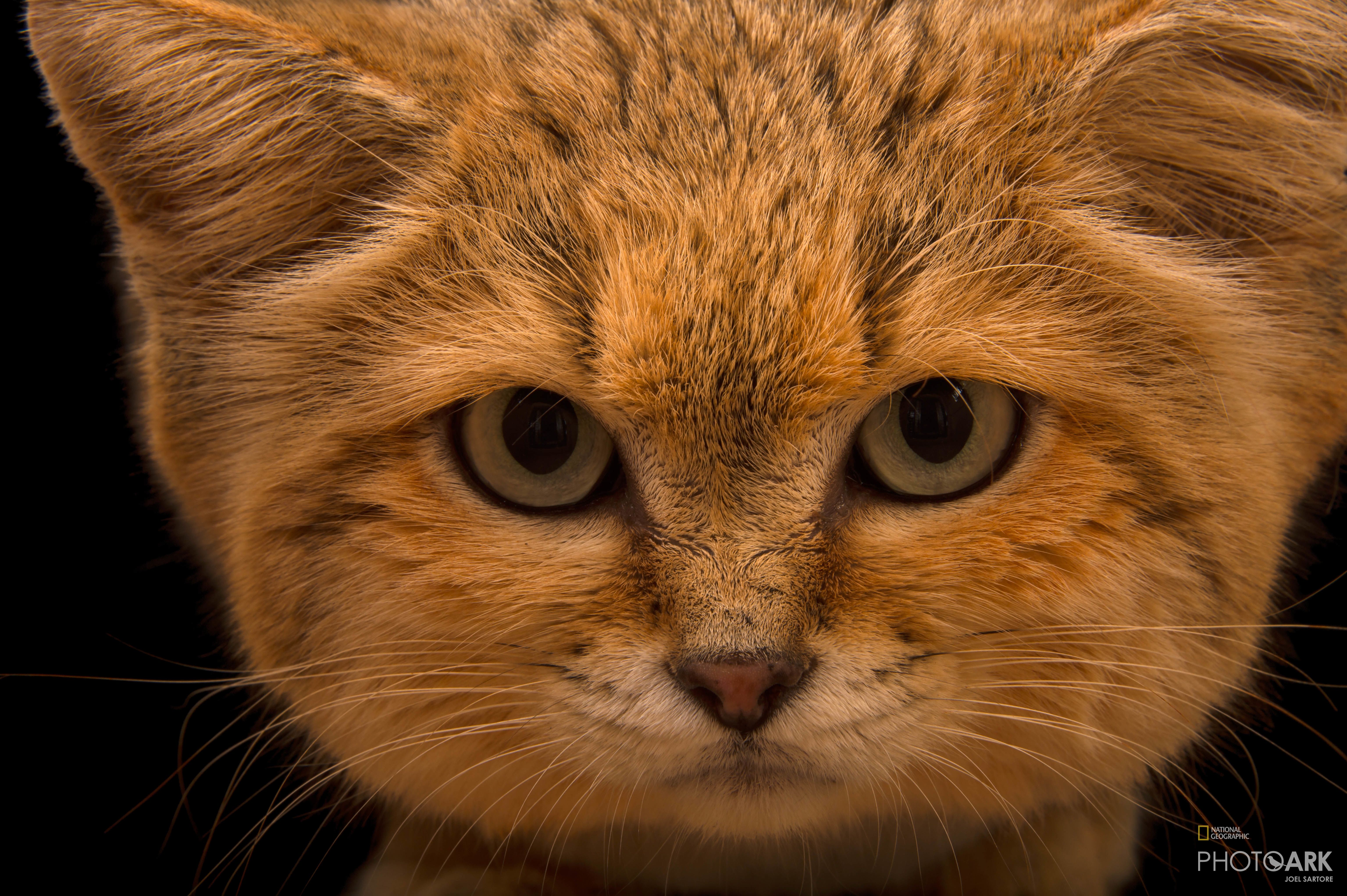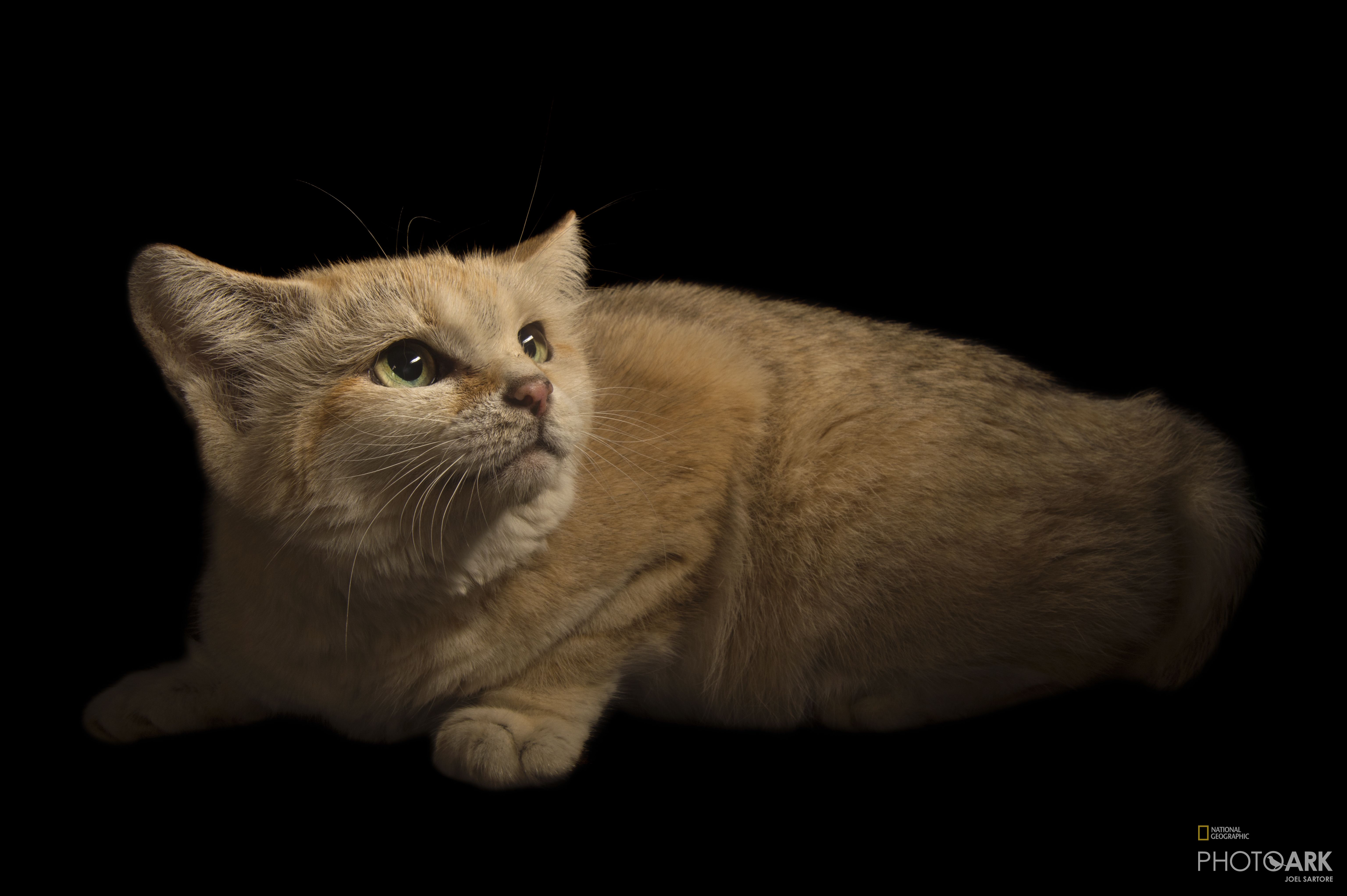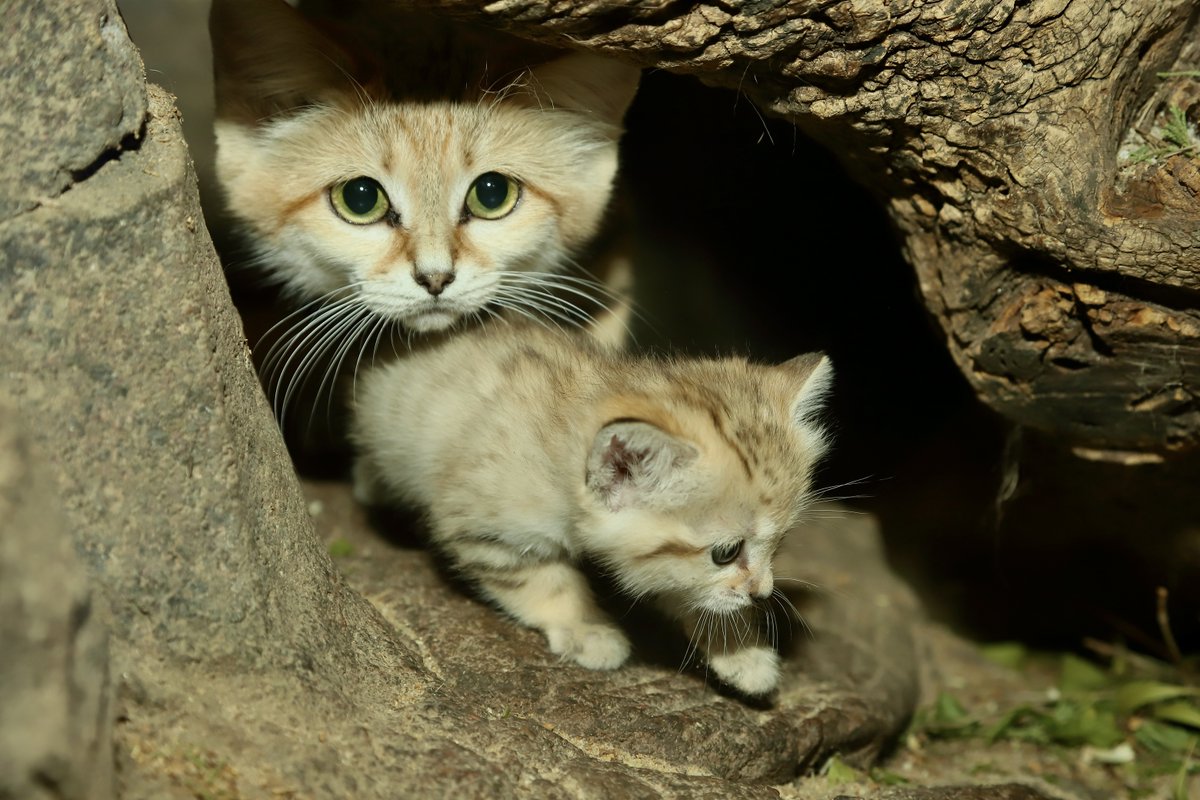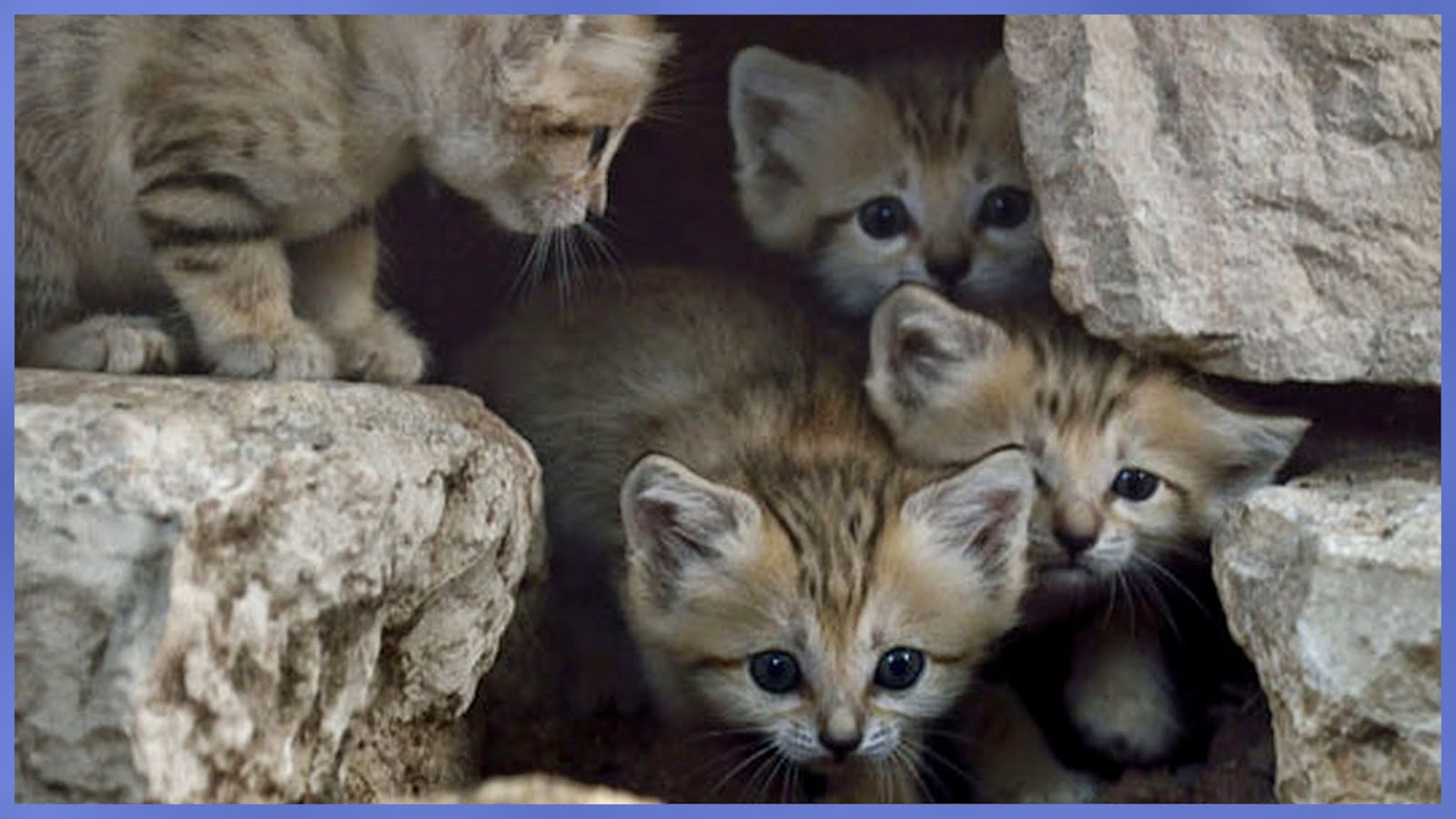Sand Cats Zoo Habitat

Dense hair on the pads of their feet protect against hot sands and the cold of the desert.
Sand cats zoo habitat. These tiny 3-11 pound cats live in sandy and stony deserts and are the only true desert cat species. Felis margarita Classified as Near Threatened Sand cats are Native to the deserts of Northern Africa The Middle East and Central Asia. The sand cat is equipped for desert life.
It feeds on small rodents snakes and lizards as it hunts its preys at night when its sight is most sharp especially in the darkness. Due to the remote harsh terrains of its habitat limited research has been conducted and populations. Covered with hair its footpads are insulated from the hot sand.
The Arabian Sand Cat is able to live without drinking water and sustains itself on the water it gets. Highlights Sand cats have an exceptionally large middle ear cavity making them extremely sensitive to the small scratching sounds of burrowing rodents as well as large ears that can swivel and funnel sounds to the inner ear. The kitten small enough to fit into a teacup was born to mother.
Large ears and thickly furred pads are special adaptations that allow the cat to detect underground prey and survive in extreme conditions. Habitat Prefer dunes but will live in rocks. In the wild the sand cats can be found in the stony and sandy desert in North Africa and Southwest Asia.
North African nomadic tribes call them snake hunters although the cats also feed on small rodents spiders and. Instead they live in dry sandy plains and rocky valleys. Sand cats can sometimes go months without drinking.
In addition our mountain lions receive large bones and sometimes parts of carcasses while our fishing cats are occasionally given goldfish to catch. The Sand Cat Felis margarita is one of the few wild cat species occurring in very dry desert habitat. The cats large ears help to provide it with excellent hearing.

